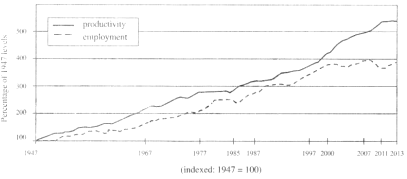题目内容
【题目】______________ you are aware of the trick used in advertisements, I don't think you are eager to buy.
A. WhetherB. Until
C. ThoughD. Once
【答案】D
【解析】
考查状语从句连词的选择。Whether 是否, until 直到, though 尽管 once一旦 ,
句意为一旦你意识到了广告中使用的伎俩,我认为你就不会急切地区买东西了。

练习册系列答案
 每日10分钟口算心算速算天天练系列答案
每日10分钟口算心算速算天天练系列答案
相关题目

